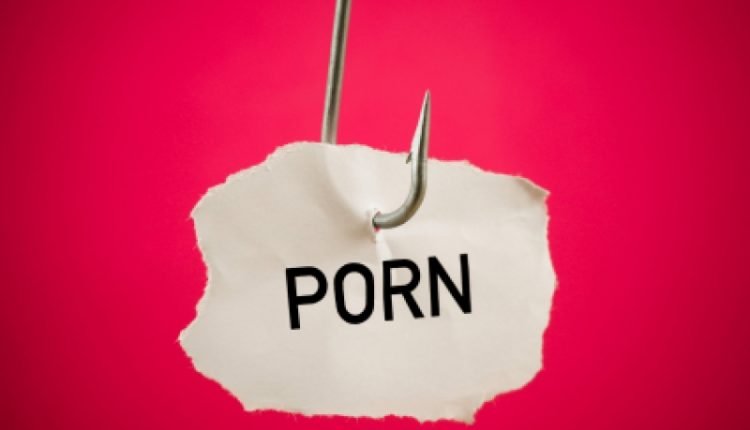What Defines Pornography? Know The Law Against It In India

New Delhi: After businessman Raj Kundra’s arrest on Monday, the spotlight is on pornography. First things first. Pornography is not legal in India. In January 2020, the Department of Electronics and Information Technology asked Internet service providers to take down 857 porn websites. The government said it was complying with the Supreme Court directive asking for measures to block porn sites, particularly those dealing with child pornography.
What exactly defines pornography?
Obscenity vs pornography
They are not synonymous. Obscenity pertains to anything which is immoral and violates community standards. Pornography, on the other hand, is the act of causing sexual excitement through films, pictures or books. Thus, pornography is a subset of obscenity.
Laws against cyber pornography in India
Legislations to regulate Cyber pornography in India include the Information Technology Act, 2000, Indian Penal Code, Indecent Representation of Women’s act and Young Person’s (Harmful Publication) Act.
Raj Kundra was booked under IPC sections 420 (cheating), 34 (common intention), 292 and 293 (related to obscene and indecent advertisements and displays) besides relevant sections of the IT Act and the Indecent Representation of Women (Prohibition) Act, according to a News18 report.
Information Technology Act, 2000
Cyber Pornography is neither banned nor legalised under the IT Act, 2000. The IT Act prohibits the production and distribution of cyber pornography but does not prohibit the viewing or downloading of pornographic content if it is not child pornography.
Section 67 of the Information Technology Act, 2000 makes the following acts punishable with imprisonment up to 3 years and a fine up to Rs 5 lakhs. Section 67A of the Information Technology Act makes publication, transmission and causing to be transmitted and published any material containing sexually explicit act or conduct punishable with imprisonment up to 5 years and a fine up to Rs 10 lakh.
Child pornography
Section 67B of the IT Act, 2000 makes publishing, transmitting, viewing or downloading child pornography illegal. According to Section 67B, any person who has not attained the age of 18 years is a child.
Sections that define pornography
Section 292 of IPC prohibits the sale of obscene material. Section 292(1) explains the meaning of “obscenity” and Section 292(2) explains the punishment for sale, distribution, etc. of obscene materials.
Indecent Representation of Women’s Act, 1986
It seeks to prohibit the representation of women or any part of her body in an indecent form provided that such representation will injure public morality or morals.
POCSO Act, 2012
It was specifically enacted to prevent children from sexual offences. The act protects children from sexual assault, sexual harassment, and pornography. The act aims to protect the interests and well-being of the children.
For the purpose of the act, any person who has not attained the age of 18 years is a child. The Act is gender-neutral.
Porn boom in India
Cheap data prices drew more and more Indians towards viewing pornography on smartphones.
Pornhub data reveals that India is home to the website’s fourth-largest audience by country, logged the biggest increase in its mobile traffic share in recent years, jumping up over 121 per cent from 2013 to 2017. The adult site attributes this leap to the increasing popularity of “inexpensive and unlimited cellular plans.”
Porn during the lockdown
According to an IBTimes.com report, several porn sites were accessible during the lockdown. A popular porn website’s Vice President told The Print that traffic from India started increasing in ‘early February’.

Comments are closed.